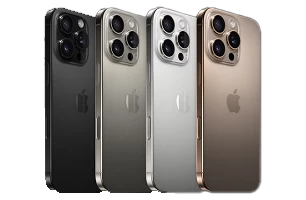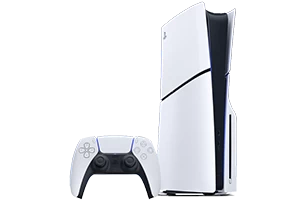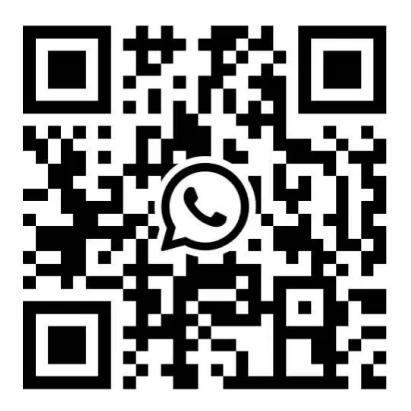Apple Launches iPhone Air in China as eSIM Services Officially Begin
Apple introduced the iPhone Air at its September launch event, alongside the iPhone 17 series. Due to its pure eSIM design — which eliminates the physical SIM card slot — the model was not released simultaneously in mainland China, as local eSIM services had not yet been approved at that time.
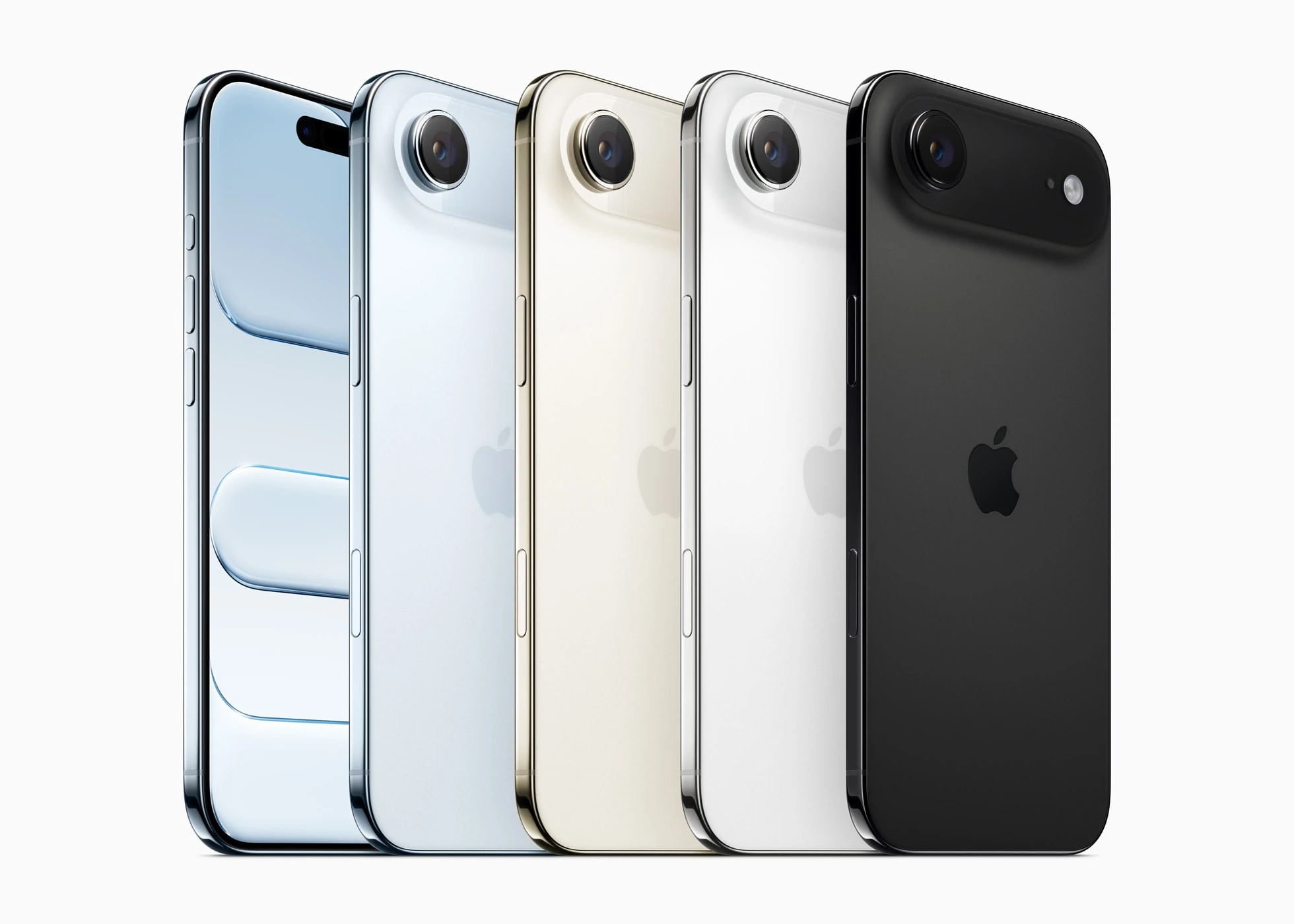
On October 13, both China Mobile and China Unicom announced that they had received authorization to commercially launch eSIM services, followed by China Telecom a day later. This marks the official beginning of the eSIM era in China.
China Unicom now allows online reservations, with over 195,000 users registered so far. China Mobile requires users to visit a retail outlet, while China Telecom specifies that applicants must be over 18, have fewer than five SIM cards under their name, and no outstanding balances.
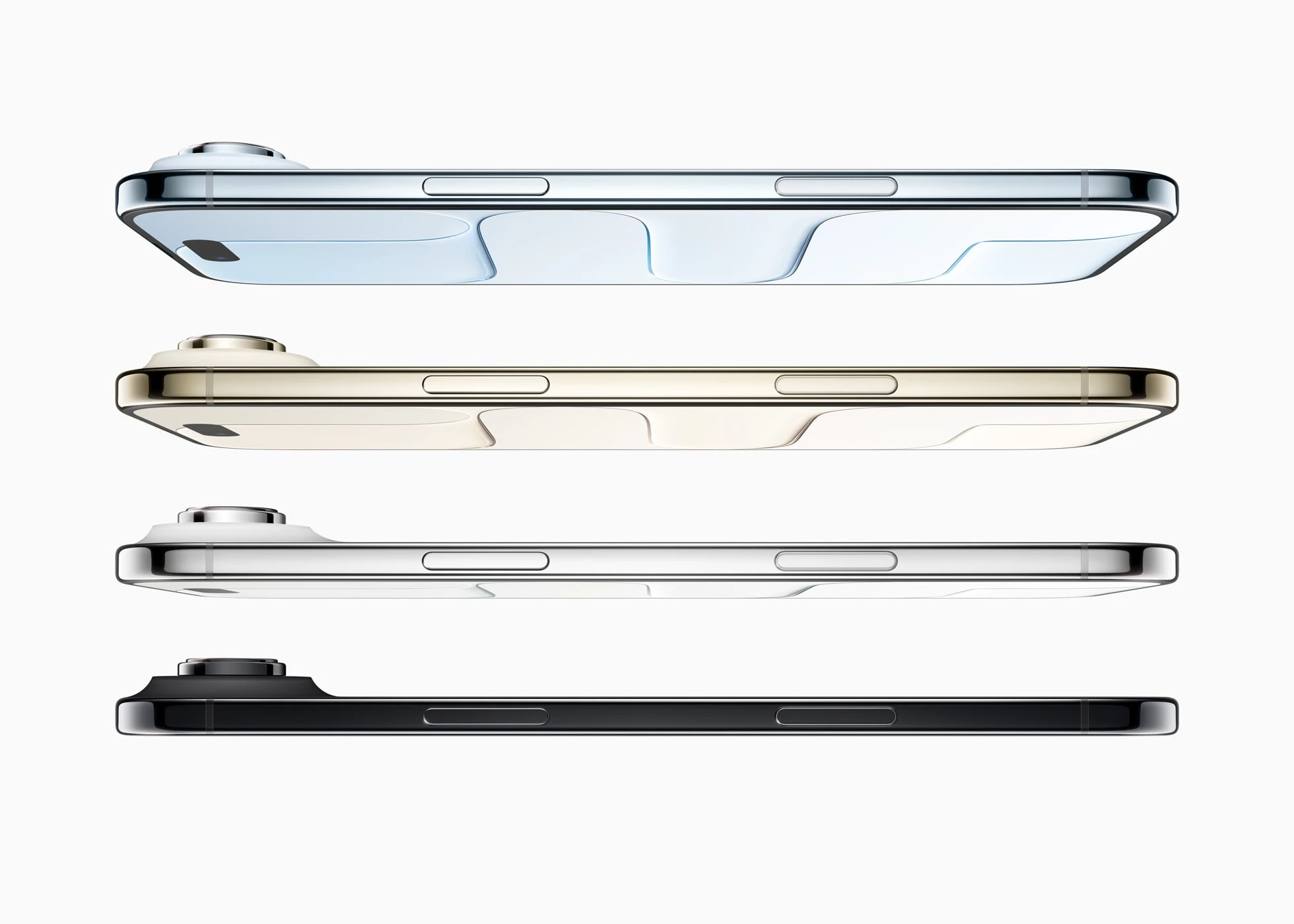
The eSIM (embedded SIM) is built directly into the device’s chip, removing the need for a physical card. It enables users to activate carrier networks remotely via OTA (over-the-air) technology, improving water and dust resistance while allowing for slimmer device designs.
The iPhone Air, only 5.6mm thick, is now the thinnest iPhone ever made. It features a 6.5-inch Super Retina XDR display with 2736×1260 resolution and up to 120Hz ProMotion adaptive refresh rate. Powered by the A19 Pro chip, it boasts a 6-core CPU, 5-core GPU, and a 16-core Neural Engine with hardware-accelerated ray tracing.
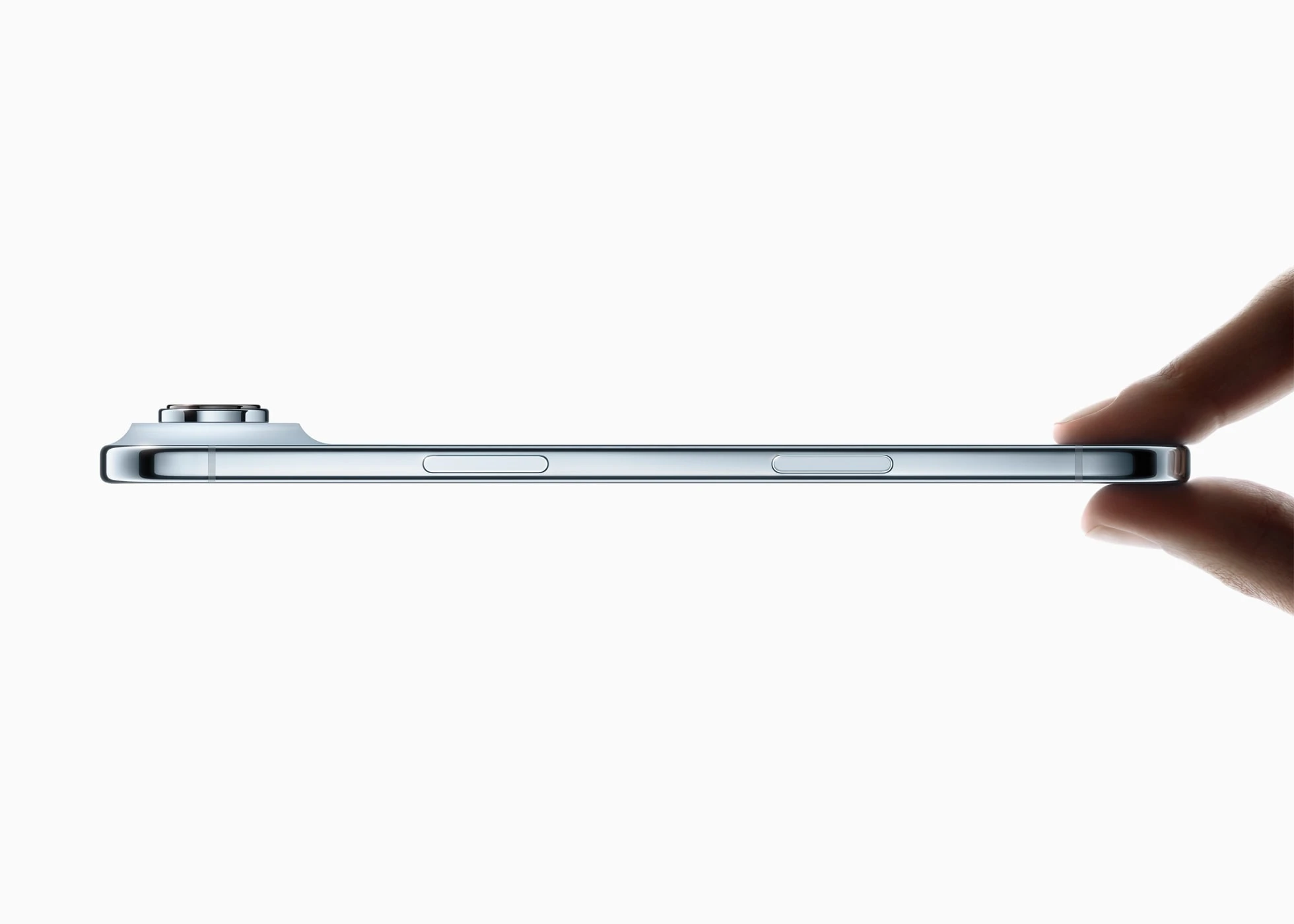
Ahead of its launch, Apple CEO Tim Cook appeared on the official Apple Store livestream on Douyin to announce the start of pre-orders for the iPhone Air. Apple emphasized that devices purchased from apple.com are unlocked and contract-free, meaning users can freely choose any carrier and plan that supports iPhone.
With the rollout of eSIM technology across China, more smartphone manufacturers are expected to follow Apple’s lead, bringing users a more seamless and flexible communication experience.






